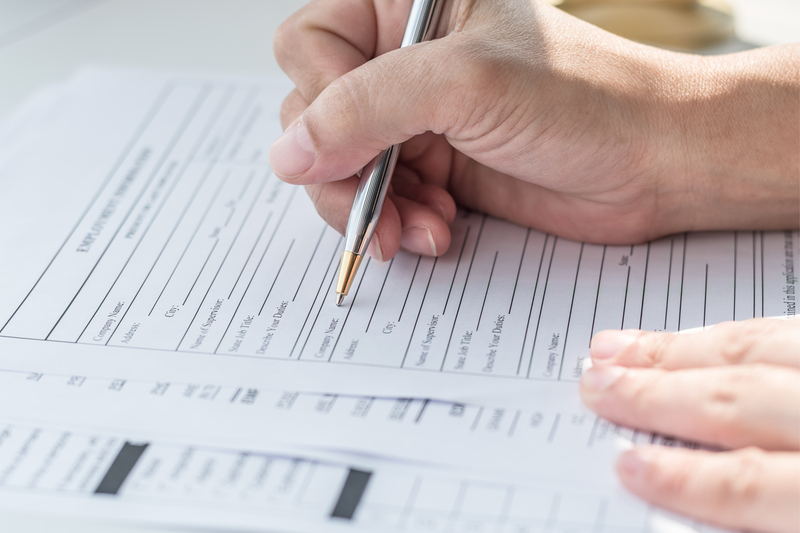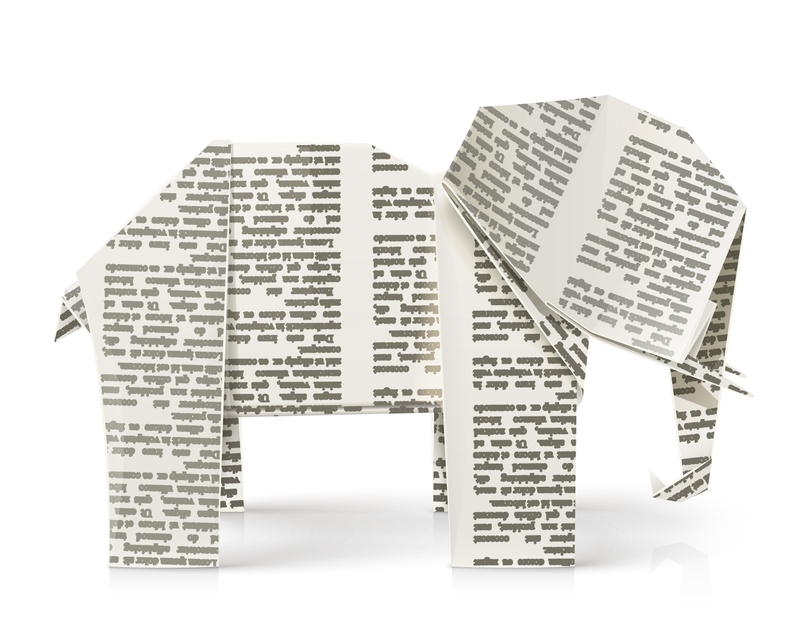Your Plastic-Free Blueprint: Identifying Ones to Avoid
Are you on a mission to reduce your plastic footprint? You're not alone. The plastic-free movement is gaining momentum across the globe, but making plastic-free choices can feel overwhelming with plastics in almost every aspect of modern life. That's where this comprehensive plastic-free blueprint comes in. We'll reveal which plastics you should avoid, why they matter, and how you can confidently transition toward a greener, healthier lifestyle with actionable steps.
Why Go Plastic-Free? The Urgent Need for Change
Plastic pollution is one of the most pressing environmental crises of our time. Each year, 8 million metric tons of plastic ends up in our oceans, harming marine life, contaminating food chains, and ultimately threatening human health. Small plastic pieces, or microplastics, have been found everywhere--from the deepest sea trenches to our drinking water.
- Plastic production is rising: Global plastic production has topped 400 million tonnes annually.
- Recycling is not enough: Only about 9% of plastic waste is actually recycled.
- Environmental & health risks: Plastics release harmful chemicals and take up to 1,000 years to decompose.
It's clear that reducing our reliance on single-use and harmful plastics isn't just an eco-trend--it's a necessity for our planet and our health.

Understanding Plastic Types: The Plastic Identification Code
Before we delve into your plastic-free blueprint, it's crucial to identify which plastics are most problematic. Plastics are labeled with a number (1-7) inside the recycling triangle symbol, called the Resin Identification Code. Here's a quick overview:
- 1 - PET or PETE (Polyethylene Terephthalate)
- 2 - HDPE (High-Density Polyethylene)
- 3 - PVC (Polyvinyl Chloride)
- 4 - LDPE (Low-Density Polyethylene)
- 5 - PP (Polypropylene)
- 6 - PS (Polystyrene)
- 7 - Other (includes polycarbonate, bioplastics, etc.)
Not all plastics are created equal. Some are more dangerous than others, for the environment and for your health. Let's explore which ones you should avoid and what safe, sustainable replacements you can choose.
Plastics to Avoid: The Ones on Your Plastic-Free Blueprint
1. Polyvinyl Chloride (PVC) - Resin Code #3
PVC is one of the most hazardous plastics in use. Found in products like cling wrap, plumbing pipes, shower curtains, and some food packaging, it's associated with the release of dangerous chemicals like phthalates and dioxins, especially when heated or incinerated.
- Risks: Linked to hormone disruption, cancer risk, and environmental toxin accumulation.
- Alternatives: Opt for glass or silicone wraps, bamboo shower curtains, or metal pipes.
2. Polystyrene (PS or Styrofoam) - Resin Code #6
Polystyrene is commonly seen in foam coffee cups, food takeout containers, disposable plates, and packing peanuts. It's notorious for its inability to biodegrade and for leaching styrene, a likely carcinogen, into food and beverages.
- Risks: Non-recyclable in most communities, pollutes waterways endlessly.
- Alternatives: Use reusable mugs, stainless steel lunchboxes, compostable takeout containers.
3. Polycarbonate & "Other" Plastics - Resin Code #7
Items labeled "7" can contain polycarbonate, which often includes BPA (bisphenol A)--a chemical associated with numerous health problems, including hormonal imbalances and developmental issues in children.
- Risks: Can leach BPA/BPS, especially when exposed to heat.
- Alternatives: Pick BPA-free or, better yet, glass or stainless steel products.
4. Low-Value Single-Use Plastics of Any Kind
Think of plastic straws, cutlery, stirrers, plates, shopping bags, packaging films. These 'throwaway' plastics are almost never recycled and quickly become litter.
- Risks: Fuel the global pollution crisis and harm wildlife.
- Alternatives: Carry a set of reusable cutlery, metal or bamboo straws, shopping bags, and cloth produce bags.
Plastic-Free Blueprint: Steps to Identify and Avoid Problematic Plastics
Ready to apply your knowledge and build a life free from harmful plastics? Here's your ultimate step-by-step plastic-free action plan for lasting success.
Step 1: Learn to Read Packaging Labels
- Check the Resin Code: Look for the number inside the triangle, usually located at the bottom of containers or on packaging.
- Memorize the Main Offenders: Avoid codes 3 (PVC), 6 (PS), and any 7 that doesn't explicitly say "plant-based" or "compostable."
- Spot Greenwashing: Beware of misleading terms like "biodegradable plastic," which may still create microplastics.
Step 2: Audit Your Plastic Use at Home
- Kitchen: Ditch cling wraps, disposable cutlery, and plastic cups. Replace with beeswax wraps, glass jars, and bamboo utensils.
- Bathroom: Swap out plastic razors, toothbrushes, and bottles for metal safety razors, bamboo brushes, and solid bar soaps.
- Cleaning: Choose plastic-free scrubbing pads, refillable detergents, and glass spray bottles.
Step 3: Shop with Purpose
- Zero Waste Stores: Support retailers specializing in bulk shopping and package-free goods.
- Choose Natural Fibers: Avoid clothes made from polyester, nylon, and acrylic (all forms of plastic fiber).
- Prioritize Products Built to Last: Invest in high-quality, long-lasting items instead of disposable plastics.
Step 4: Advocate and Educate
- Share Your Knowledge: Talk to family, friends, and your community about which plastics to avoid and why.
- Support Legislation: Vote for or advocate policies that ban single-use plastics and promote sustainable alternatives.
- Participate in Cleanups: Join local efforts to remove plastic waste from natural environments.
The Trouble with Microplastics: The Hidden Threat
While items like bottles and bags get much attention, microplastics--plastic particles smaller than 5 millimeters--pose their own dangers. Sources of microplastics include:
- Personal care products: Some toothpastes and exfoliating scrubs.
- Synthetic fibers: Laundry from polyester clothes sheds microfibers.
- Fragmentation: Larger plastics breaking down never truly disappear, creating more microplastic pollution.
Why avoid microplastics? Because they enter water supplies, food, and even the air you breathe--posing health risks from inflammation to hormone disruption. The best defense is to avoid products that shed or contain plastic particles in the first place.
Sustainable Alternatives: Your Guide to Going Plastic-Free
Want to replace plastic in your everyday life? Here's a quick rundown of eco-friendly, healthier options:
- Glass: Safe, non-leaching food storage and drinkware.
- Stainless steel: Durable water bottles, lunchboxes, and straws.
- Bamboo: Sustainable cutlery, toothbrushes, and kitchenware.
- Natural fabrics: 100% cotton, linen, hemp, or wool clothing and shopping bags.
- Paper/cardboard: Biodegradable alternatives for packaging and food containers.
- Compostable bioplastics: Use with caution, ensuring they are certified compostable in industrial or home settings (look for BPI or TUV OK Compost labels).
Tips for Success with Sustainable Swaps
- Start Small: Focus on one area (like your kitchen or bathroom) and replace single-use items first.
- Be Consistent: Bring your own bags, bottles, and containers whenever you shop or eat out.
- Educate Yourself: Stay up-to-date with new alternatives and local recycling/composting programs.
Common Myths About Plastic-Free Living--Debunked
-
Myth: All plastic alternatives are expensive
- Fact: While some alternatives have a higher upfront cost, reusable products save money in the long run and reduce waste disposal costs.
-
Myth: It's impossible to go completely plastic-free
- Fact: While total elimination is challenging, reducing your use of problematic plastics by even 50% makes a significant difference.
-
Myth: Biodegradable plastics are harmless
- Fact: Many "biodegradable" plastics only break down in industrial composters and still form microplastics. Always read the fine print.
Your Plastic-Free Lifestyle: Benefits Beyond the Environment
Going plastic-free doesn't just help the planet. Here's what you stand to gain:
- Healthier living: Reduced exposure to toxic chemicals and endocrine disruptors found in many plastics.
- Clean air and water: Less plastic waste means fewer toxins leaching into soil and water supplies.
- Fewer clutter and better aesthetics: Durable, natural materials are not just practical--they're beautiful too!
- Empowerment and inspiration: Your choices influence friends, family, and community practices.

Frequently Asked Questions: Taking the Guesswork Out of Plastic-Free Living
-
Can I trust "compostable" or "biodegradable" packaging?
Not always. Many require industrial composters and don't break down in landfills or the ocean. Look for third-party certifications and use only where proper composting exists. -
Is it safe to reuse plastic bottles?
Some plastics (especially #1 PET and #7 polycarbonate) can leach harmful chemicals with repeated use. Glass or stainless steel bottles are safest. -
How do I avoid plastics when shopping online?
Choose brands dedicated to plastic-free or minimal packaging. Leave a note at checkout or contact customer service to avoid extra plastic.
Conclusion: Embrace Your Plastic-Free Blueprint Today
The journey to a plastic-free lifestyle is just that--a journey, not an overnight transformation. The most important step is to begin: identify the plastics you need to avoid (like PVC, PS, low-grade single-use plastics), swap them with sustainable alternatives, and make plastic-free living your new normal.
By making conscious choices today, you're casting a vote for a cleaner, healthier, and more ethical tomorrow. Start your plastic-free blueprint now, inspire others, and watch how small actions ripple into lasting impact.
Ready to reduce your plastic footprint? Share your favorite swaps or plastic-free tips in the comments below!